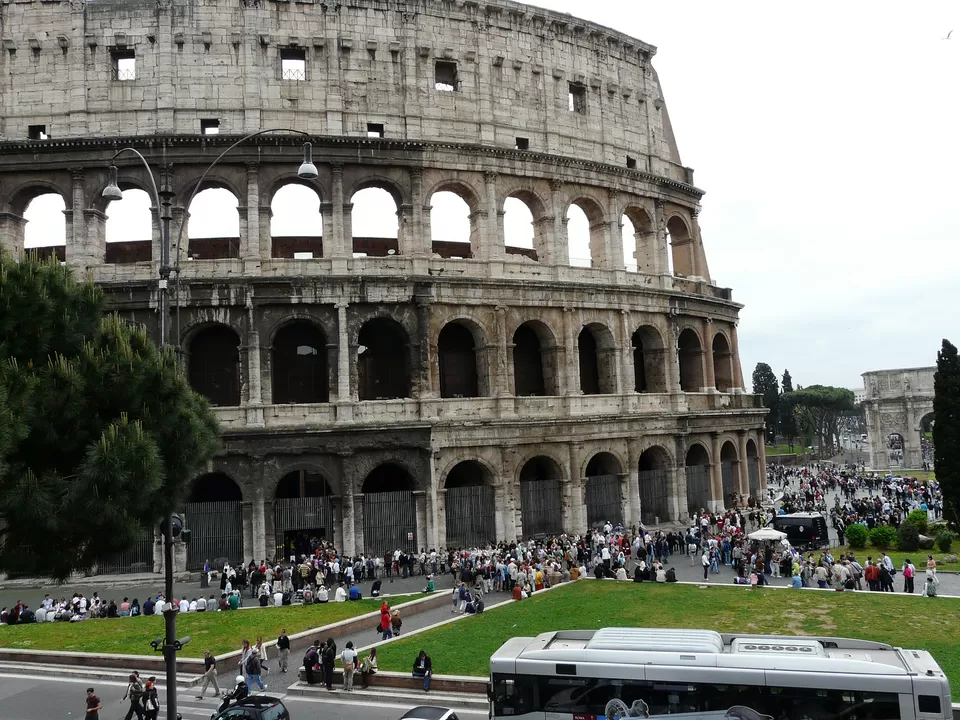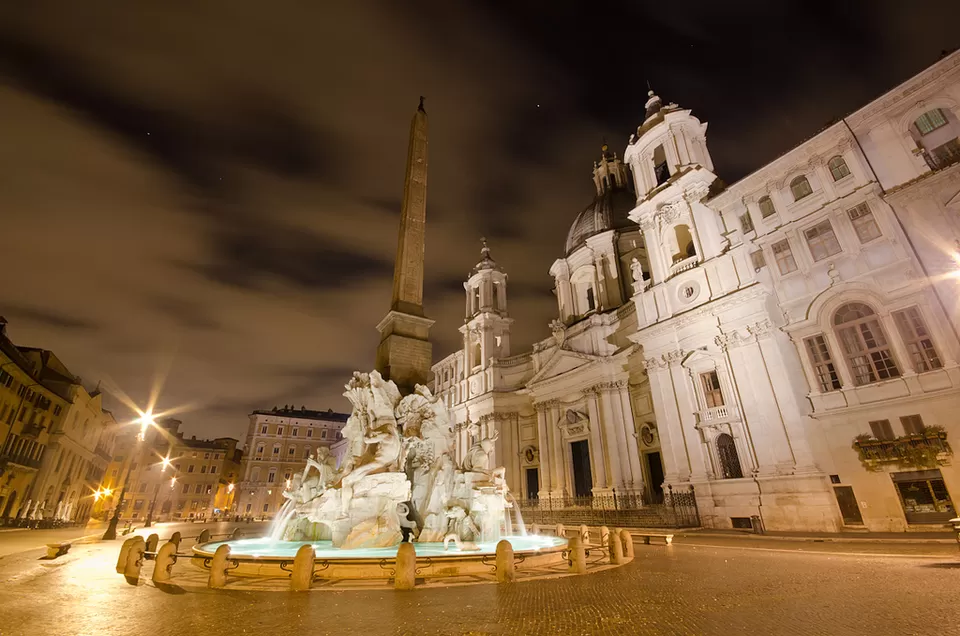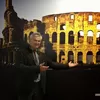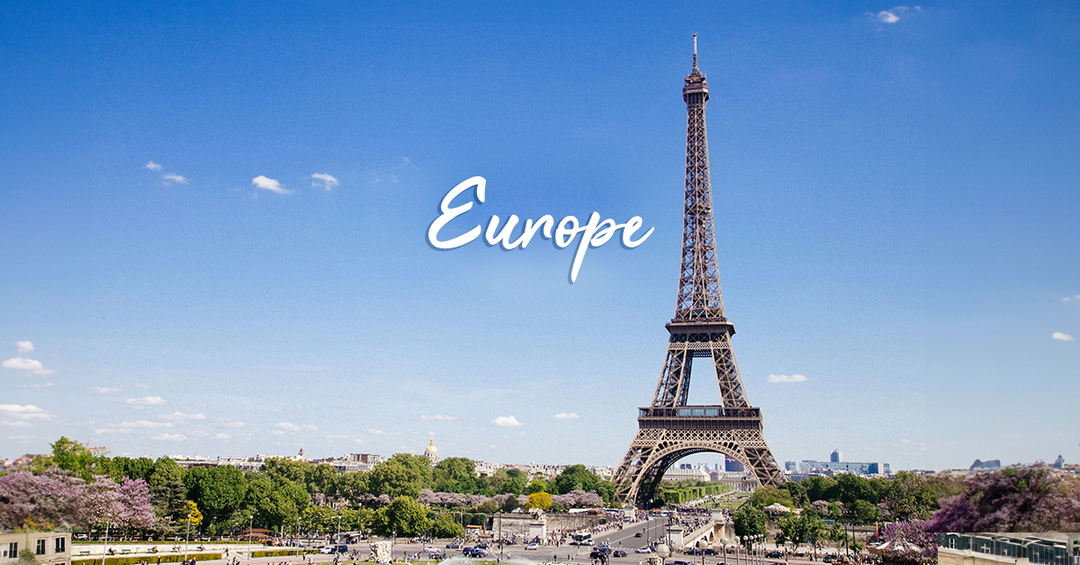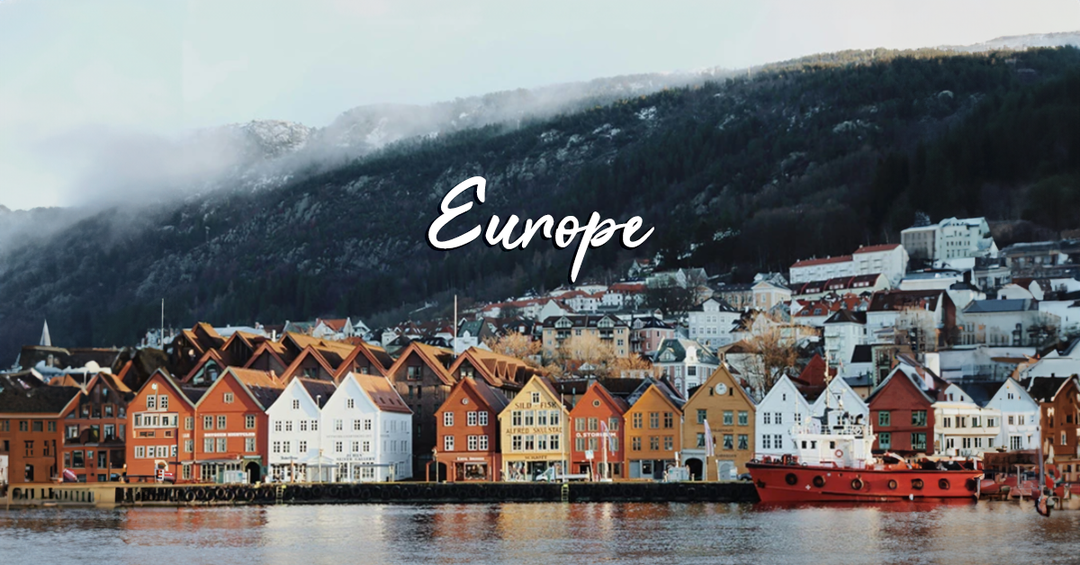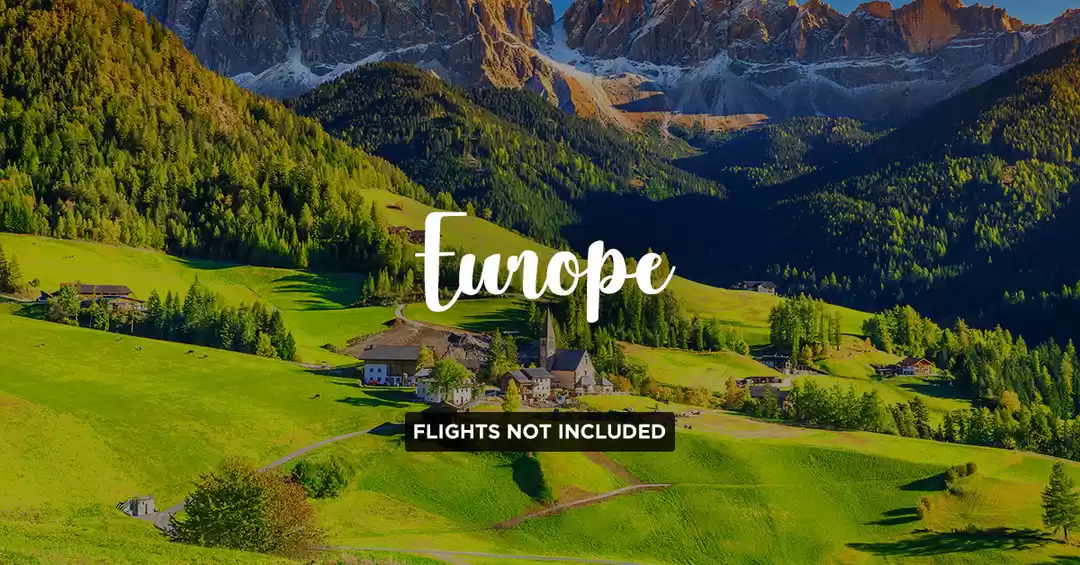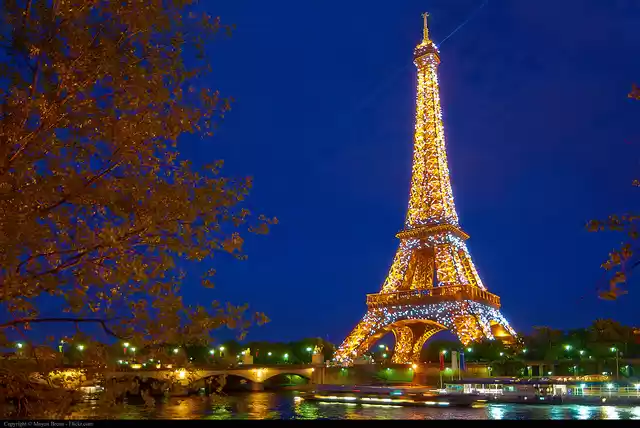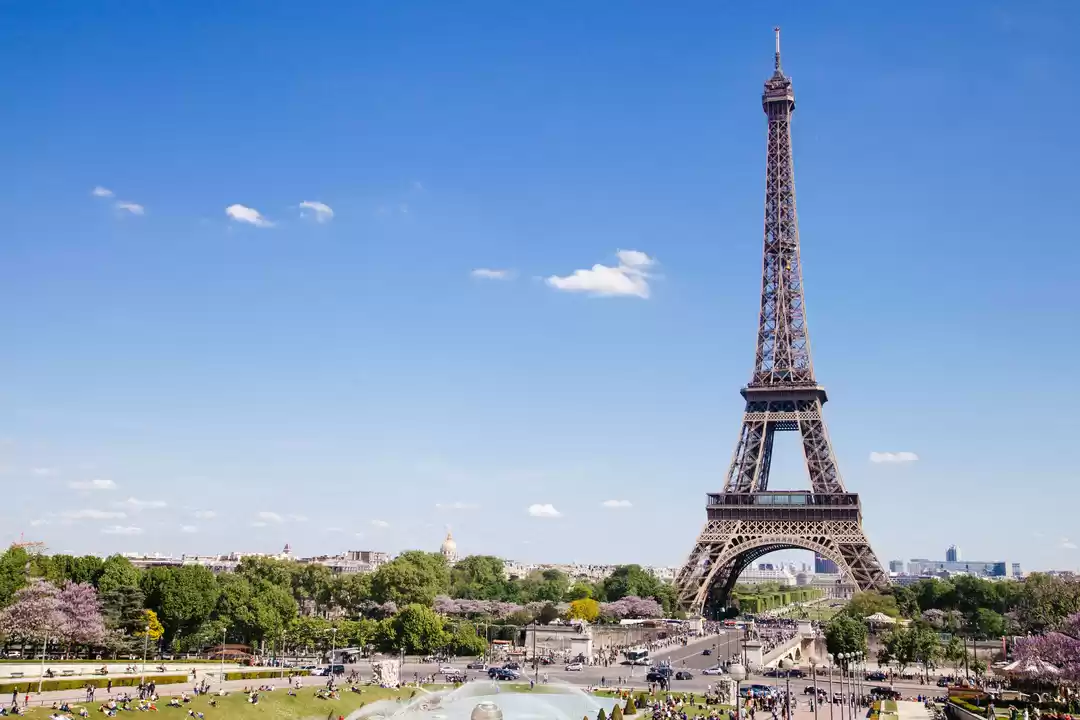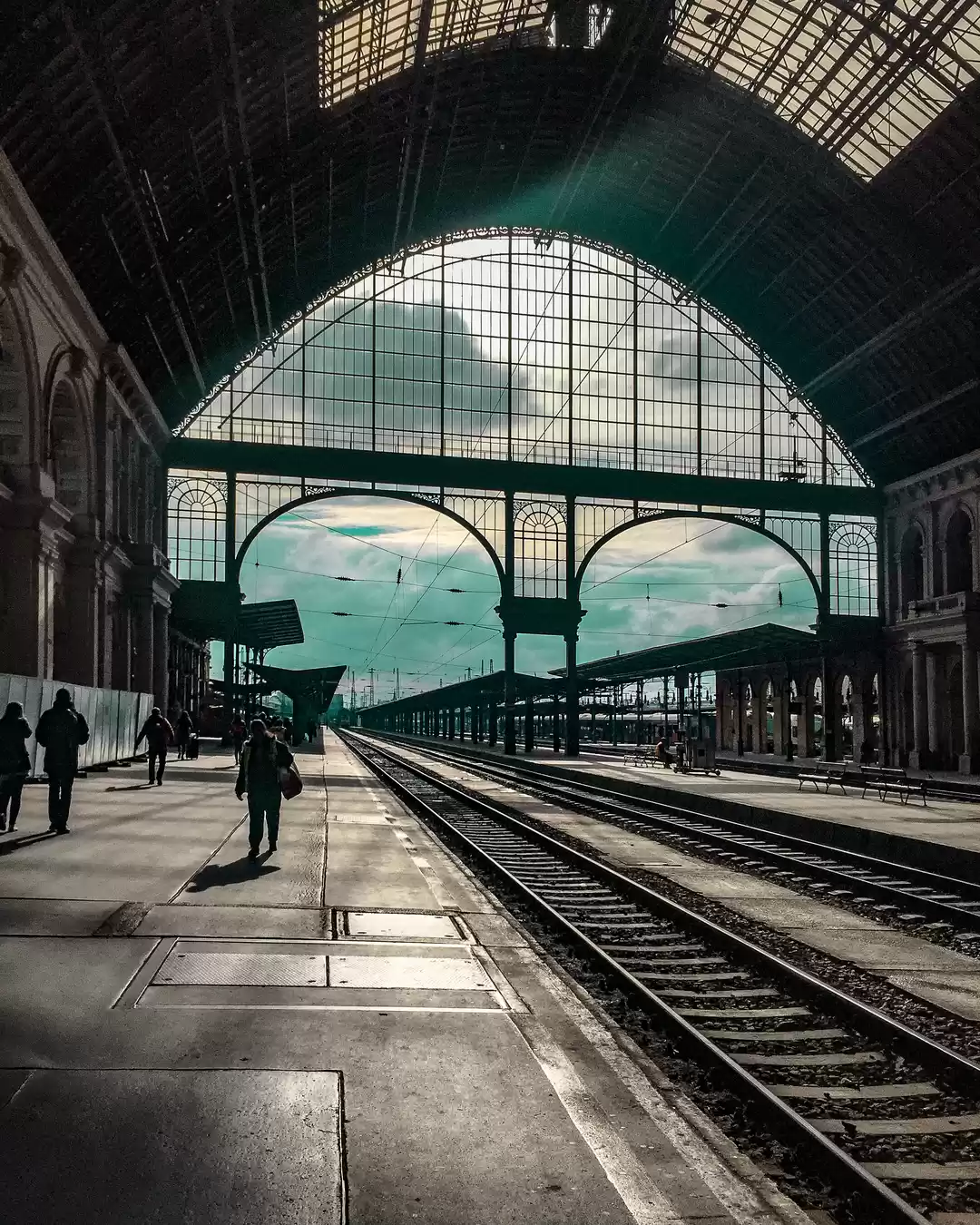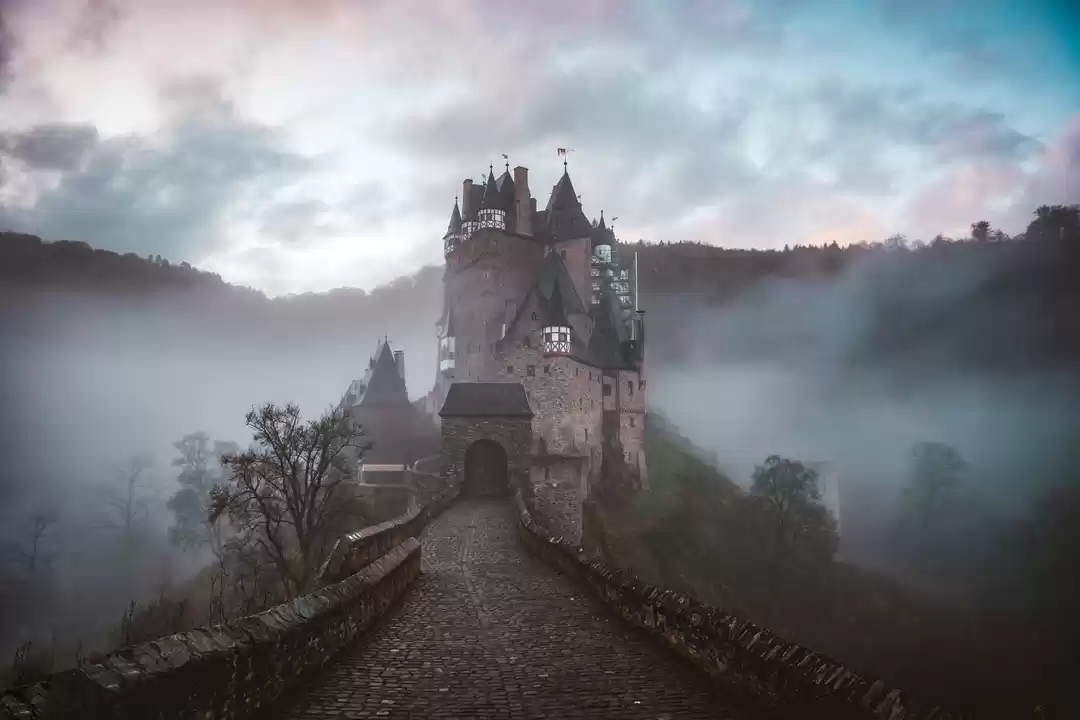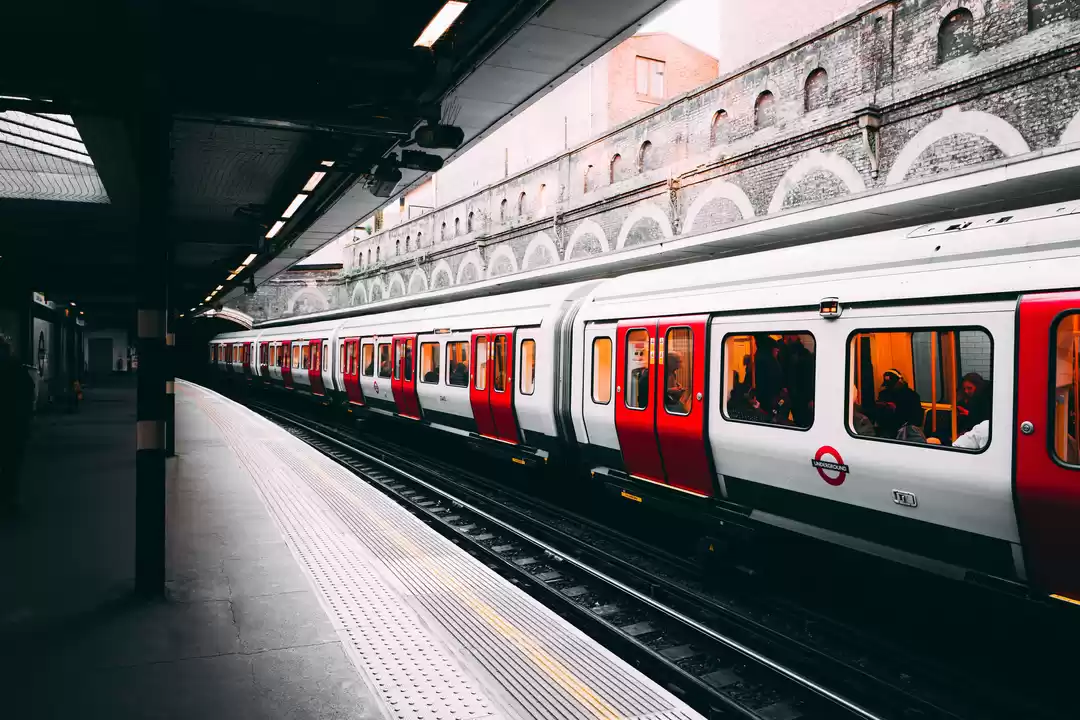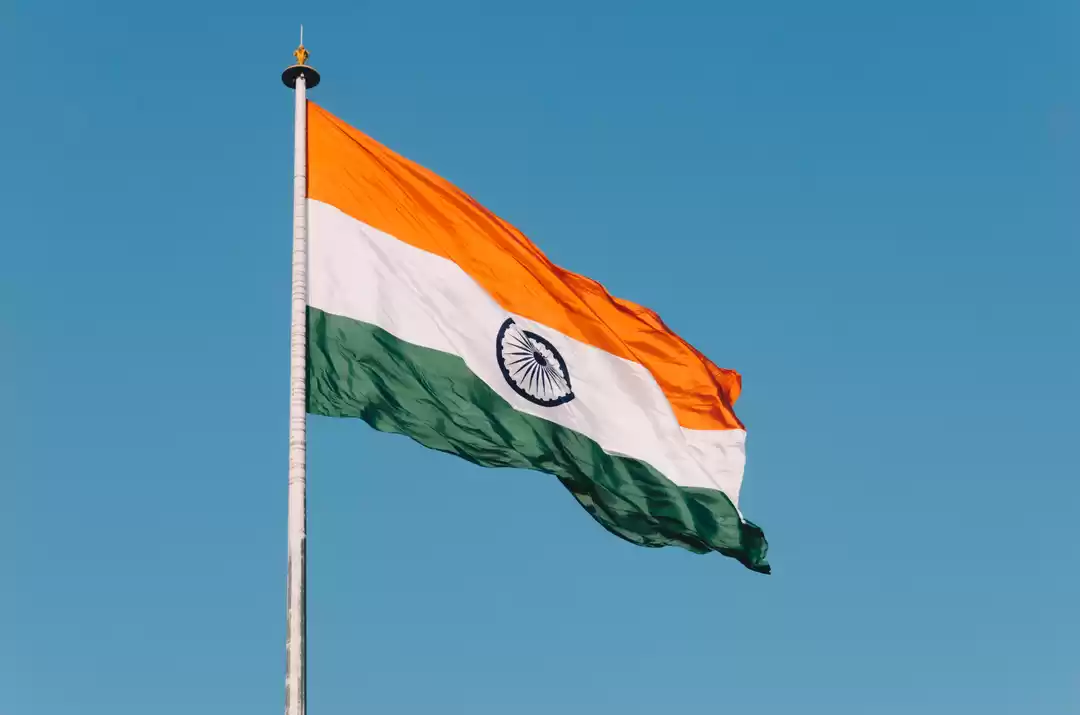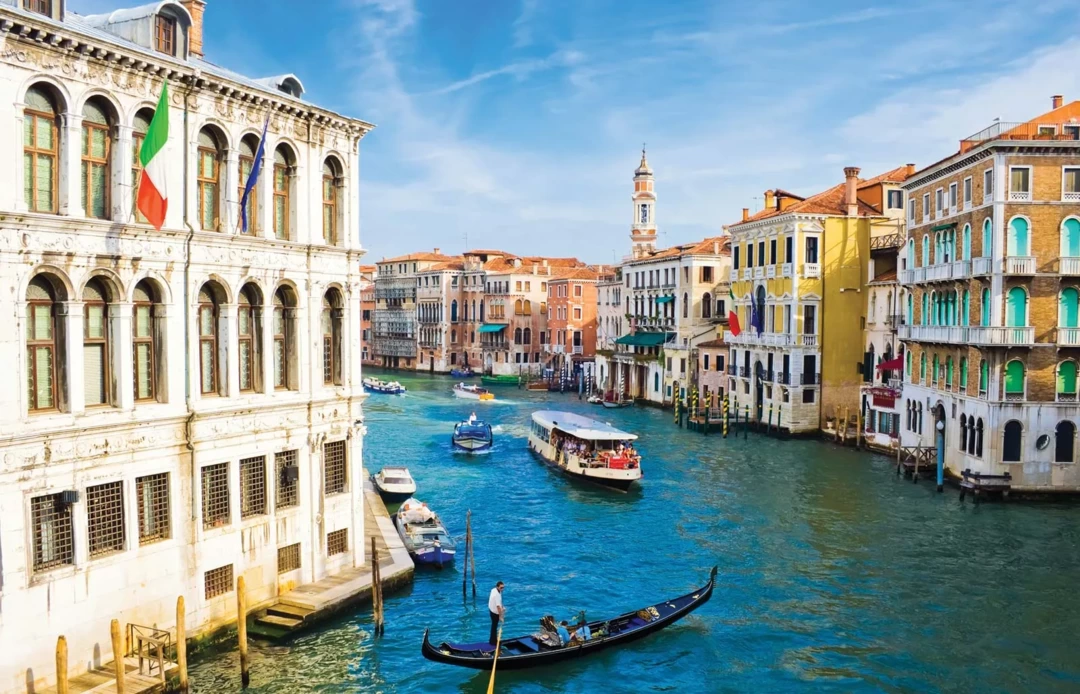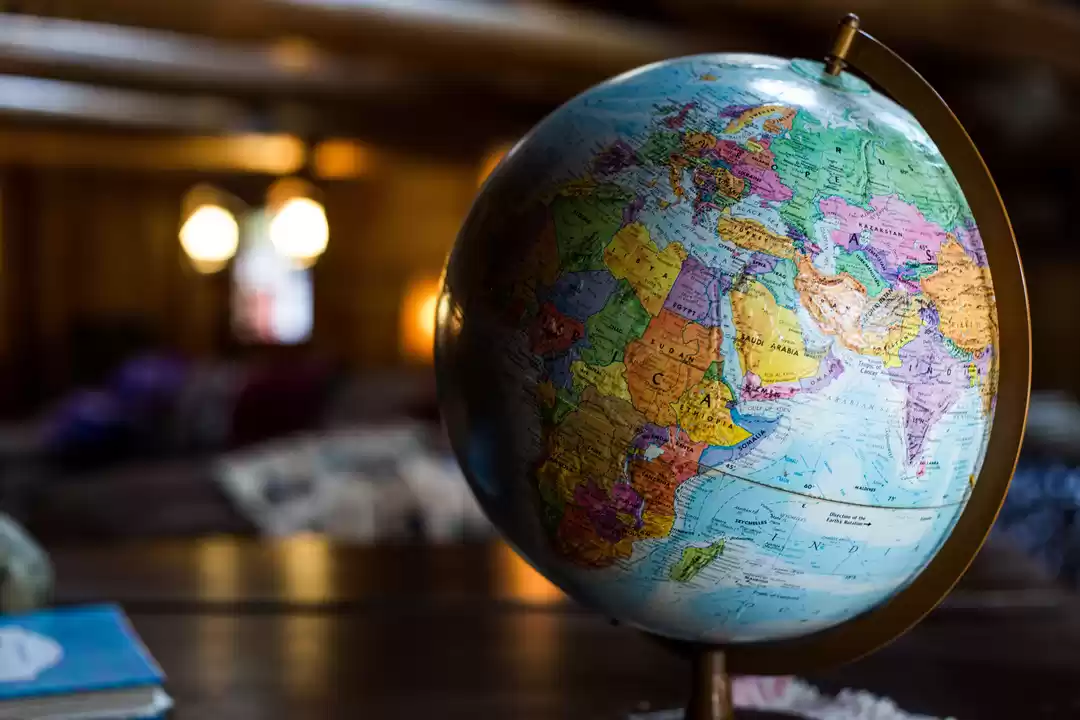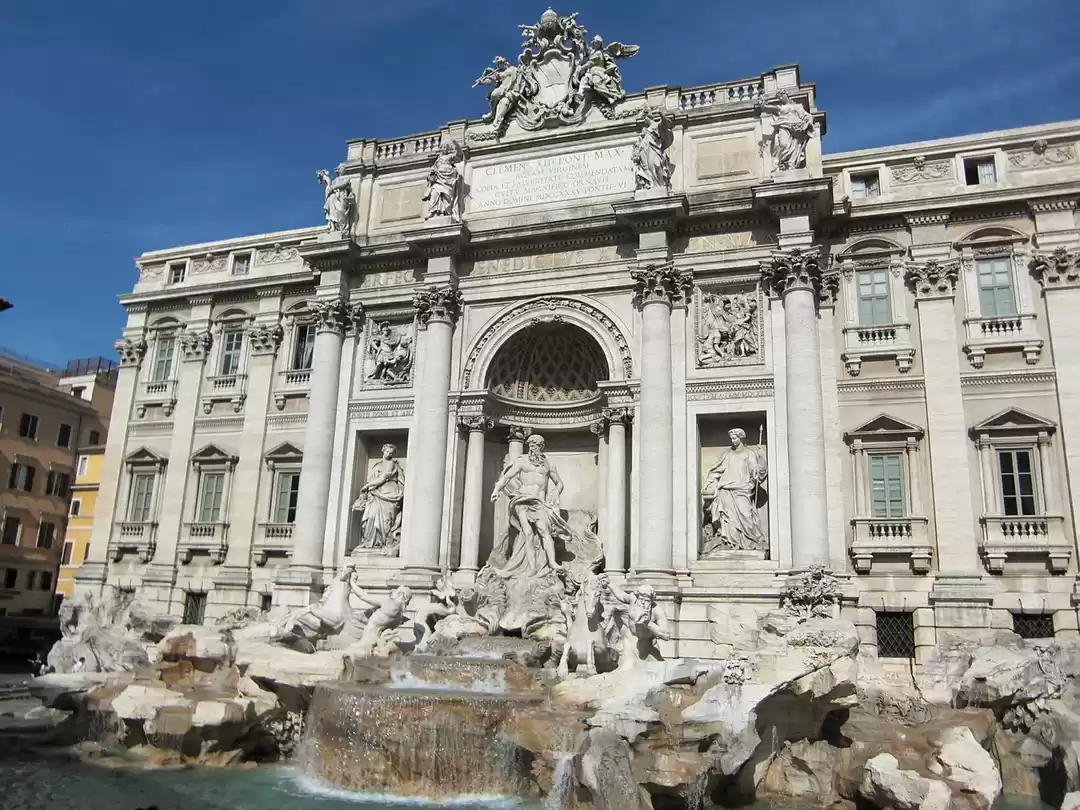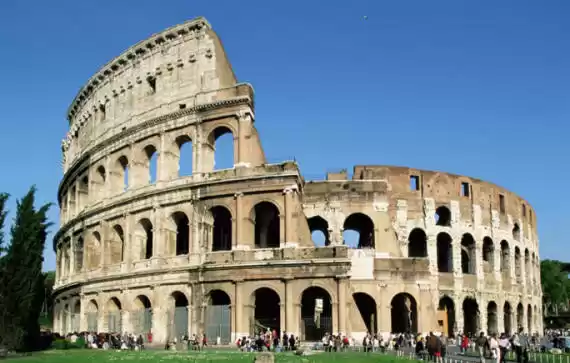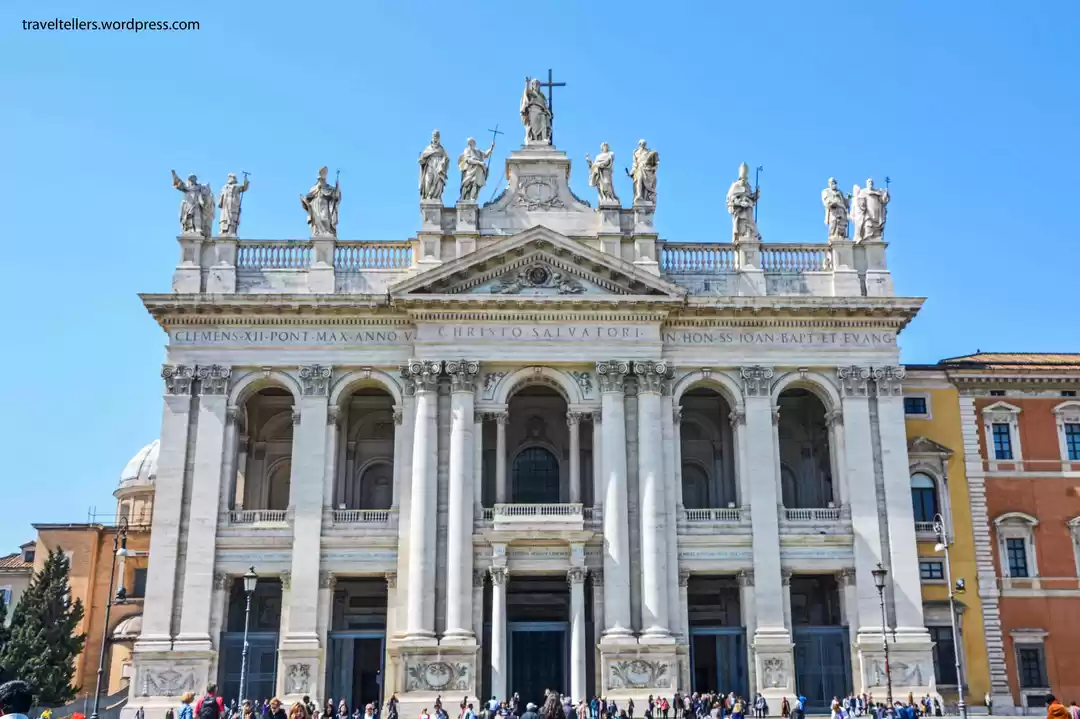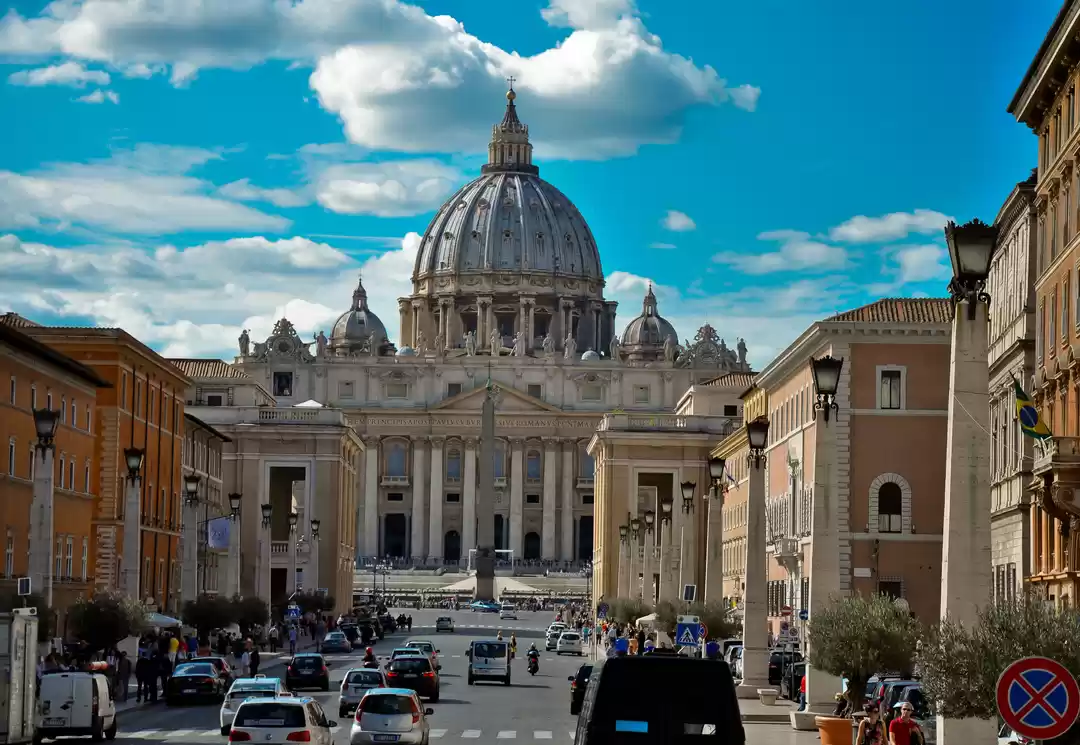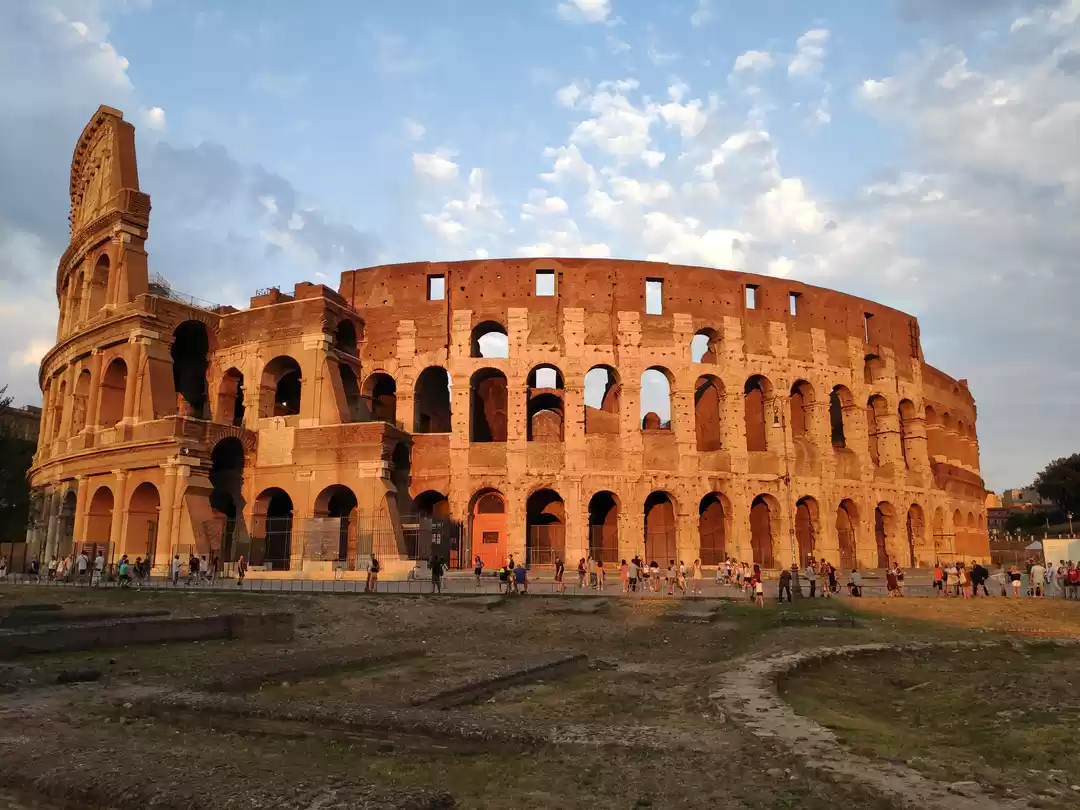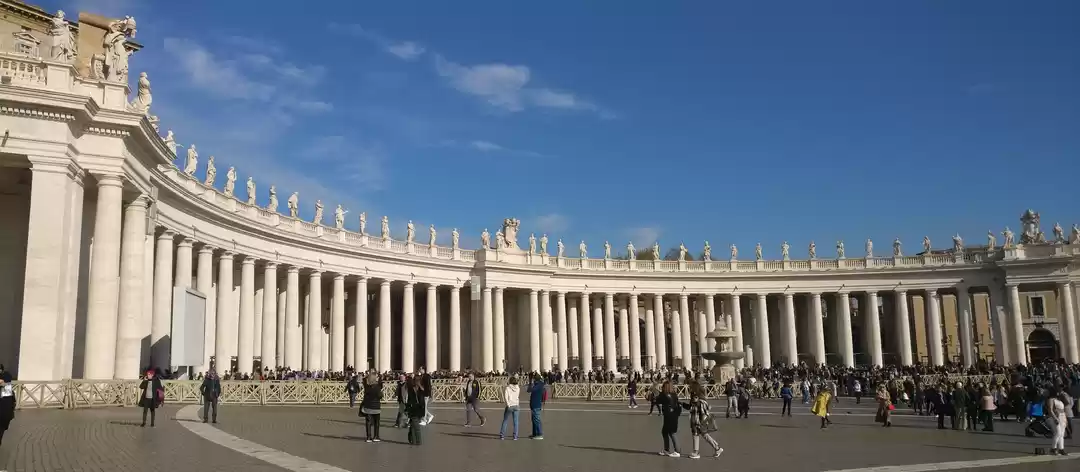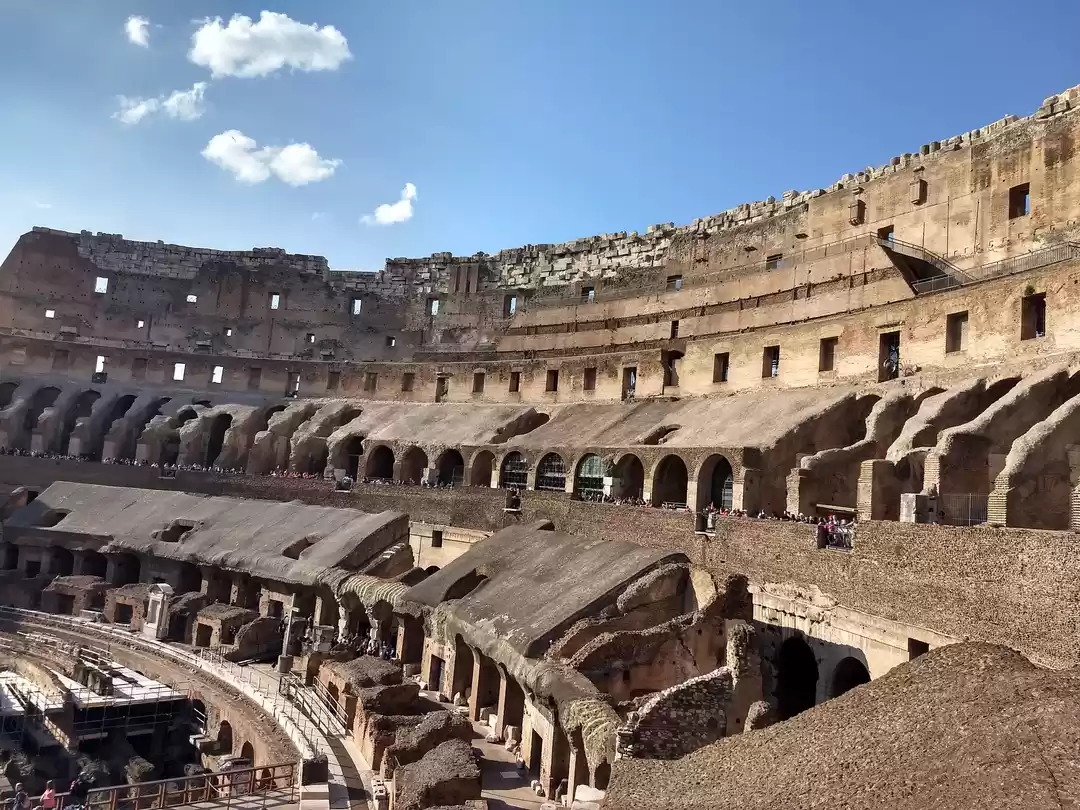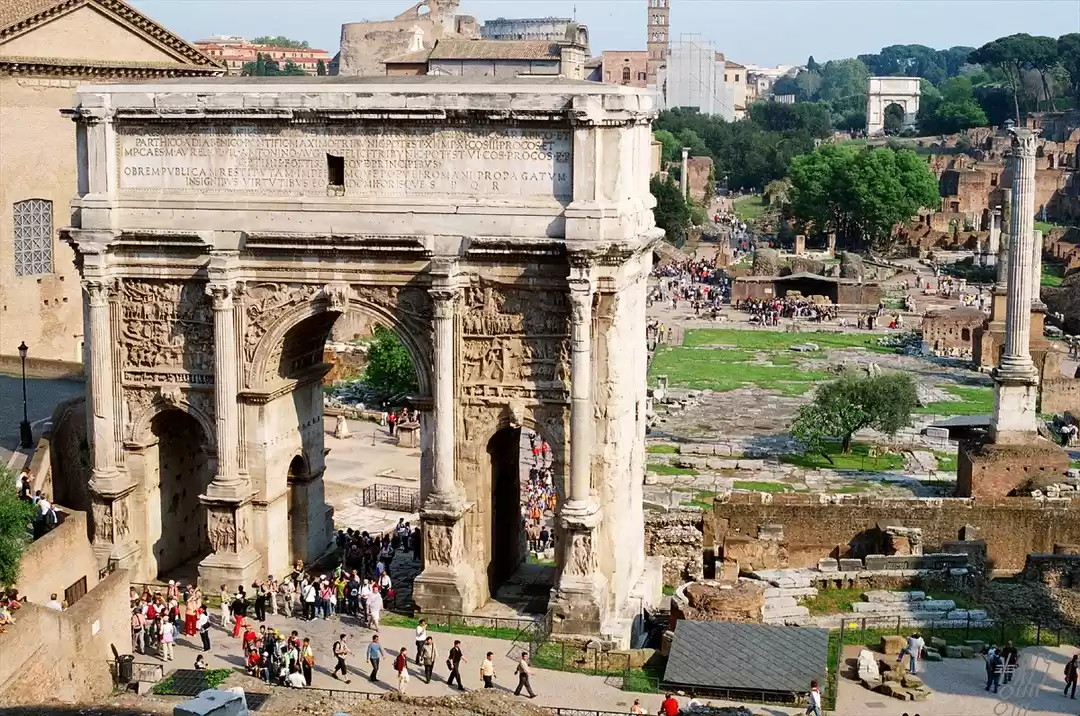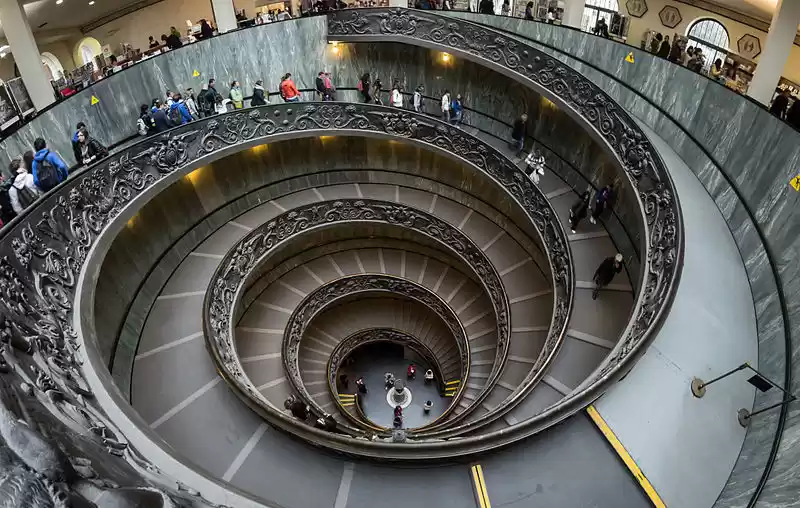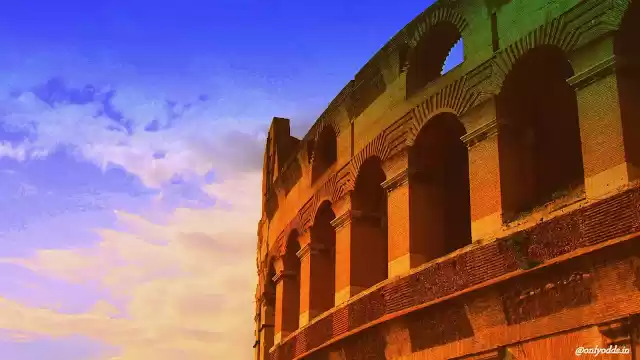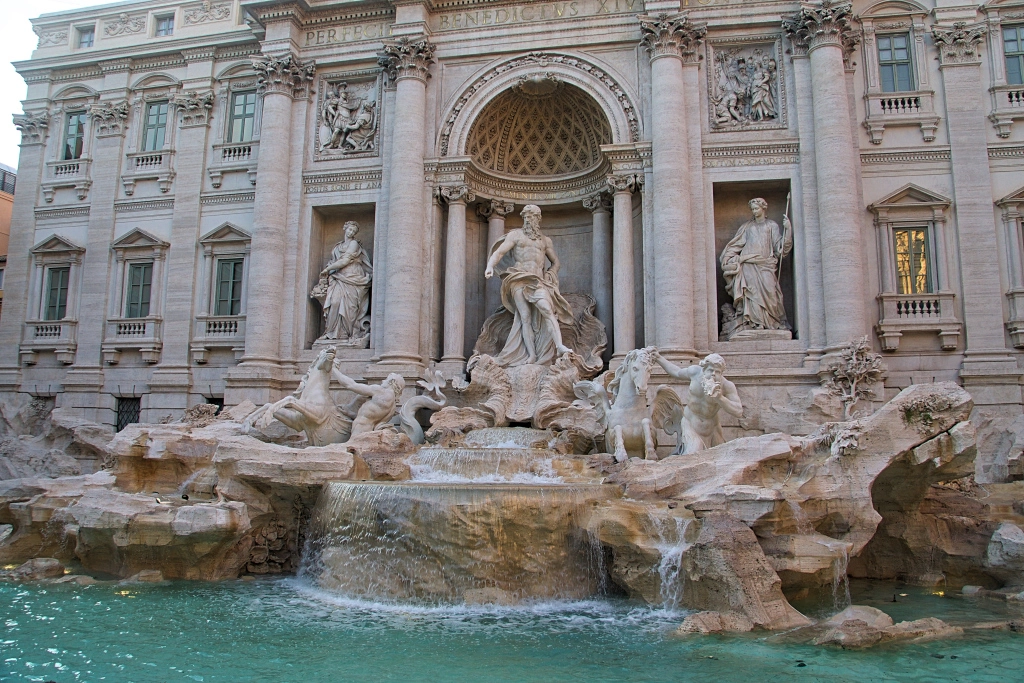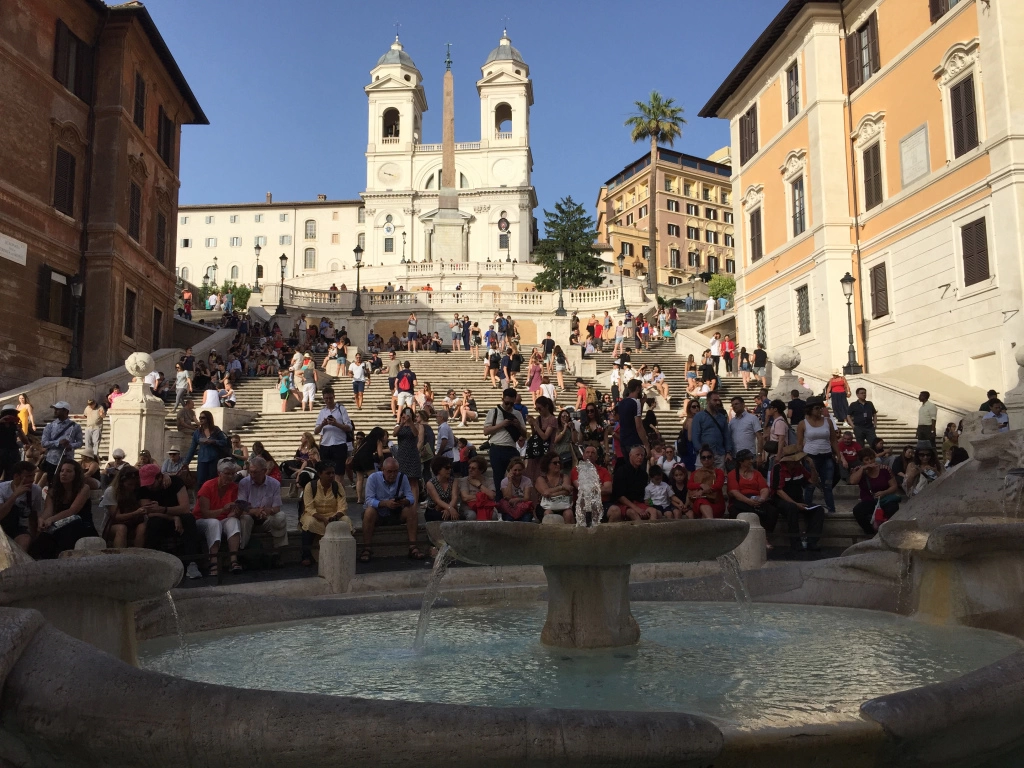

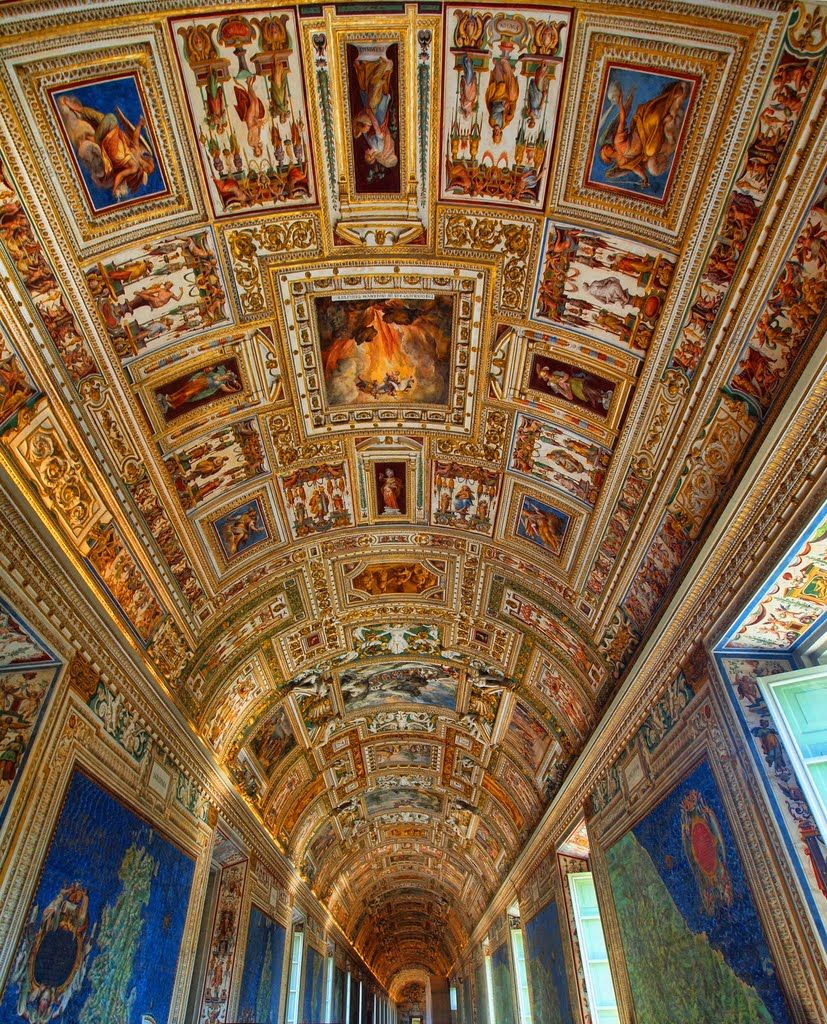




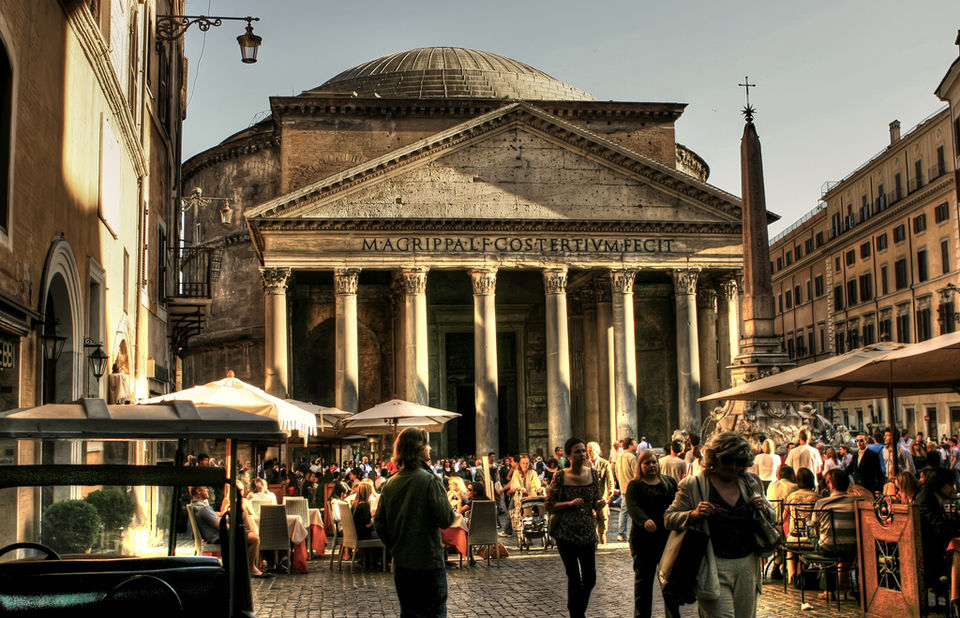
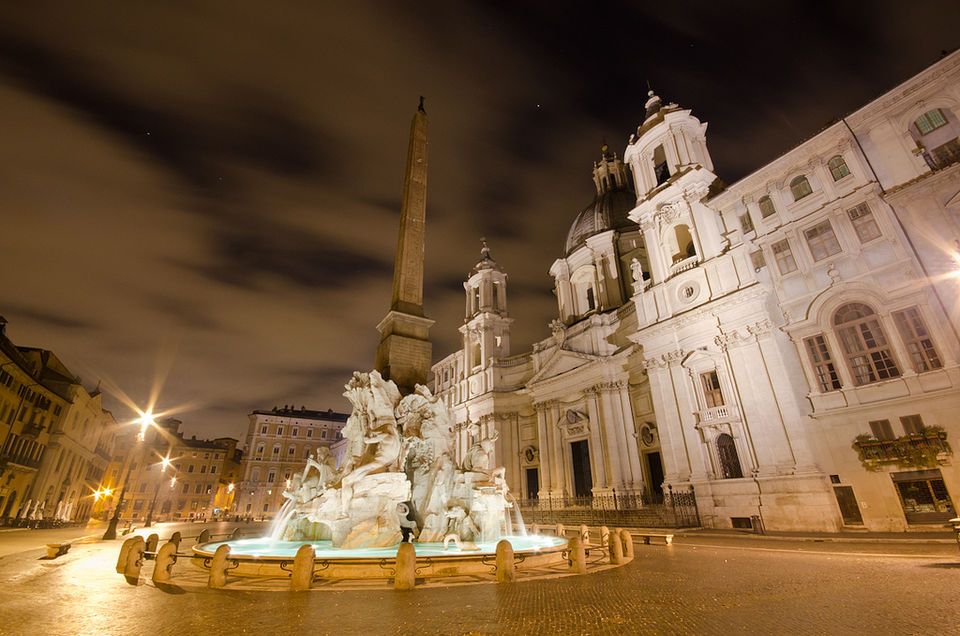
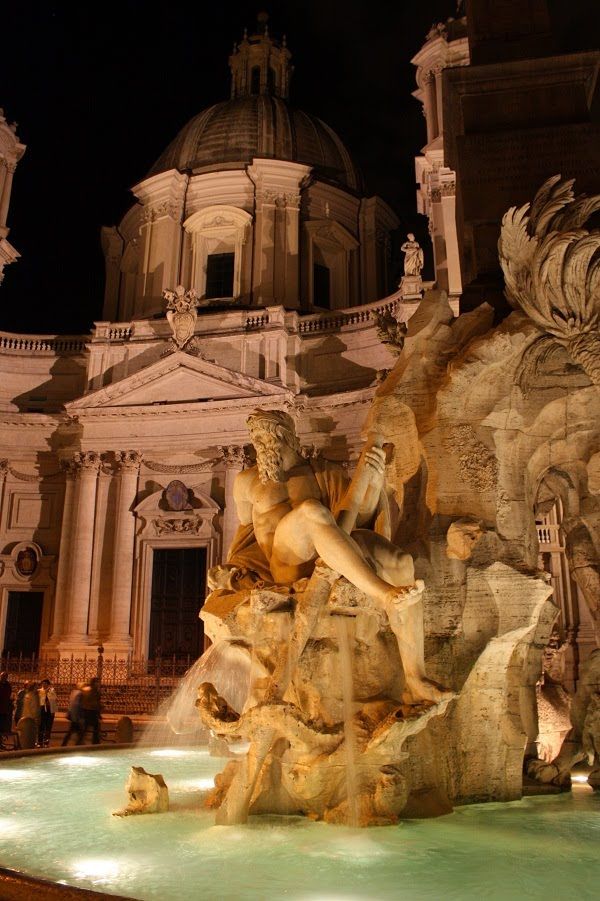
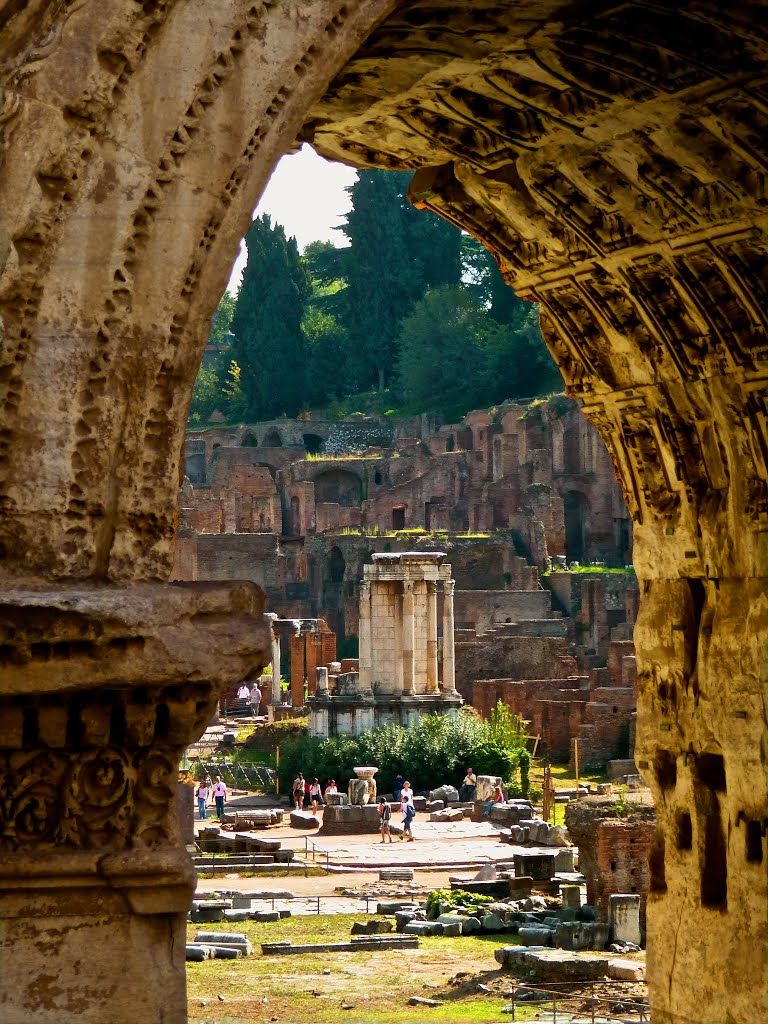

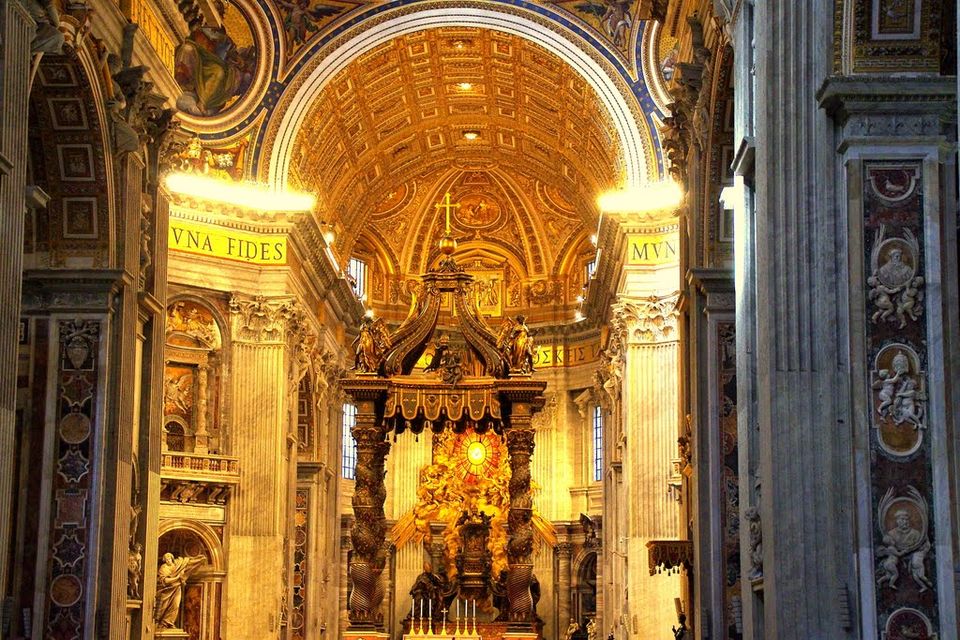





Rome has always attracted travellers far and wide, beyond the passage of time. Called the “Eternal City”, this Italian capital has a history that dates back to over 2000 years. Whether an artist or a historian, an author or a researcher, a traveller or a tourist, Rome catches the fancy of every being who steps into its romance with the past yet intimacy with the urban fore. Thus is the aim of this tour, to give you more than just a glimpse of the numerous interesting facets of Rome and a Roman’s life in this populis! Starting from Ancient Rome, we’ll sway into the medley of the medieval spiritual Rome and finally end our three half-day tour indulging into the intricacies of what made renaissance modern Rome, most of which reflects in the Roman way of life, even today!
Day one: A day in the Ancient Rome
Our meeting and starting point will be Piazza Venezia, right outside the Antico Caffè Castellino. From here, we’ll head to the Capitoline Hill of Rome. Then from the Circus Maximus, we will go to see the Palatine Hill where the very early huts of the time of Romulus and Remus (8th c. b.c.) were located, followed by a visit to the Theatre of Marcellus, the Tiberine Island, the Mouth of Truth, and the Temples of Portunus and of Hercules.
Our day will proceed as we walk beside the remains of the Roman Forum. And then we’ll head to what we Romans consider as the best remaining example of the Roman power, which is the Coloseum, followed by a quick visit to the Baths of Caracalla. Finally, the best place to end this tour will be at the Pantheon
Day two: Medieval and spiritual Rome.
The Middle Ages mark a very important phase in Roman and European history. And many epitomes of this historicity reflect still in the streets and structures of what was erstwhile Roman city-state.
Our day two will, hence, start with a tour of the Santa Prassede and Santa Pudenziana, followed by the medieval remains of Trastevere and of Campo Marzio.
Day Three: Renaissance, Baroque and Modern Rome
There’s no better place to explore the romance of renaissance than the Vatican Museum. Next we’ll visit the ever-enchanting St. Peter’s Basilica. Finally on our itinerary will be a visit to those statutes of Papal power exhibited by numerous different Popes and Cardinals and the Medici and other paternal families, such as Palazzo della Cancelleria, Palazzo Farnese, Piazza Navona. And we’ll end this trip of Roman grandeur with a trip to Chiesa del Gesù, Piazza SS. Apostoli, via del Corso, Trevi Fountain, Spanis Square and the Piazza del popolo.
Please Note:
Each of these three half-days of 3/4 hours has a cost of 200 Euros for a maximum of 4 guests. Guests booking all three half days will have a 30% discount on the third one. Winter discount (from November through February) 30% !


